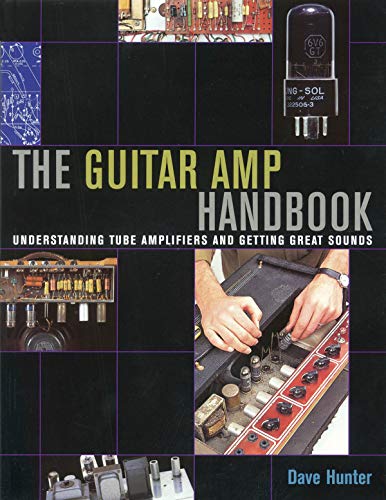Yeah, Kirchhoff for like 15 years had me going "huh what's that and what is it good for" and then I saw this guy:
http://ocw.mit.edu/OcwWeb/Electrical-Engineering-and-Computer-Science/6-002Spring-2007/VideoLectures/detail/embed02.htm
Really cool

I have the same thing with water and general intuitive way of finding parallel associations that make pictures you can
grasp to understand stuff, it's so funny. I had this thing with voltage once where you have this ten-story building
and a metal ball, and the higher up you go on the stairs, the more "voltage" you have when you get ready to drop
the ball off a balcony, and now you have like resistance along the way down, as in, guys on the balconies below sticking
their heads out, and the more there are, the less each one gets konked in the noggin as it drops, and the degree of
"ouch" would be, like, watts. So, if you only have one guy on the lowest balcony, he gets killed, which would be
like, blowing up a component.
Not the very best model but it kinda made sense to me that way...
Or, like, in my heating there's that expansion chamber with a membrane that keeps water pressure nominal in the pipes,
like, there you have your rail capacitor...and of course valves and pumps and sandbags to obstruct it and propel it with...
the last apartment I was living in, the water pressure in the kitchen was way too low, I thought there wasn't enough
pressure in general, but turned out there was this way thin little pipe connecting the faucet to the main pipe, which was
kinda like "too much resistance".
I have this PCB thing too that there you have basically one big crazy "adventure island" water slide for the electrons.
One thing that had me bothered for a long time was the "fuse effect" of what happens when you melt your cable but it's
not an ohmic dissipation, and I had trouble understanding that one until I imagined a highway, where normally all the
cars are doing 55 MPH, but you get too many cars, in the case of electrons, instead of putting on their brakes and
causing a traffic jam, they all don't have any brakes, so they cause this massive carambolage because they all wanna
get to work on time.
So, the more evil their boss is, the more they'll wanna hit the gas, like, "more volts" and so "more current", and you
regulate that with resistances like stoplights and speed limits or speed bumps, causing power dissipation ("road rage").




















![Soldering Iron Kit, 120W LED Digital Advanced Solder Iron Soldering Gun kit, 110V Welding Tools, Smart Temperature Control [356℉-932℉], Extra 5pcs Tips, Auto Sleep, Temp Calibration, Orange](https://m.media-amazon.com/images/I/51sFKu9SdeL._SL500_.jpg)












